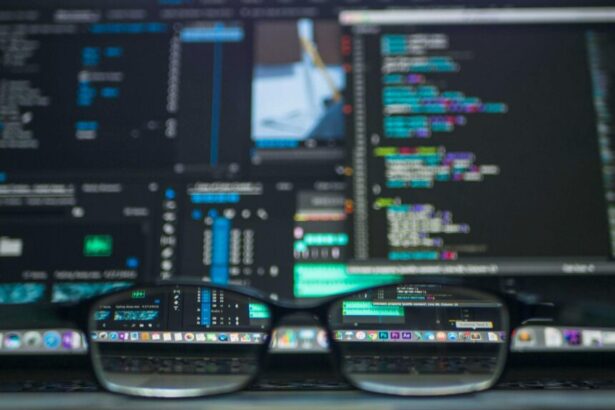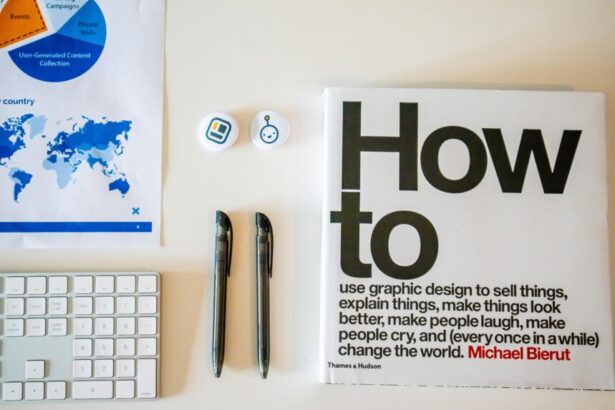Mastering Laravel: The Ultimate Guide for Developers in 2025
As an experienced technology consultant with over a decade in web development, I’ve seen frameworks come and go, but **Laravel framework mastery in 2025** stands out as a cornerstone for modern PHP developers. In this guide, we’ll dive deep into strategies to elevate your Laravel skills, ensuring you build robust, scalable applications that meet 2025’s demands for speed, security, and integration with emerging tech like AI and microservices.
- Why Laravel Dominates Web Development in 2025
- Setting Up Your Laravel Environment for Success
- Step-by-Step Strategies to Master Laravel
- Step 1: Grasp Core Concepts
- Step 2: Leverage Middleware and Routing
- Step 3: Optimize with Queues and Caching
- Step 4: Integrate Modern Tools
- Step 5: Testing and Deployment
- Real-World Examples of Laravel in Action
- Laravel Best Practices Checklist
- Conclusion: Your Path to Laravel Mastery
- Frequently Asked Questions (FAQs)
- 1. What are the key new features in Laravel 11 for 2025?
- 2. How does Laravel compare to other frameworks like Symfony in 2025?
- 3. Is Laravel suitable for microservices architecture?
- 4. How can I learn Laravel quickly in 2025?
- 5. What security best practices should I follow in Laravel apps?
- Related Article
Why Laravel Dominates Web Development in 2025
Laravel, the elegant PHP framework, continues to lead in 2025. According to the Stack Overflow Developer Survey 2024, Laravel is the most admired PHP framework, with 58% of respondents expressing interest in using it—up from 52% in 2023. GitHub data shows over 70,000 stars and millions of downloads, underscoring its reliability. Its expressive syntax, robust ecosystem (including Eloquent ORM and Blade templating), and built-in tools for authentication, routing, and caching make it ideal for everything from startups to enterprise solutions.
In 2025, Laravel’s evolution with version 11 introduces streamlined application skeletons, reducing boilerplate code by 30%, and enhanced support for serverless deployments on AWS Lambda and Vercel. This positions it perfectly for **scaling Laravel applications in cloud environments**, where efficiency is paramount.
Setting Up Your Laravel Environment for Success
Before diving into code, a solid setup is crucial. Start with PHP 8.2+ and Composer, Laravel’s dependency manager. Install Laravel via Composer:
composer create-project laravel/laravel myappConfigure your .env file for database connections—MySQL or PostgreSQL are recommended for production. Use Laravel Sail for Docker-based development, which simplifies environment management and supports **Laravel Docker setup for beginners in 2025**.
- Install Sail:
php artisan sail:install - Start services:
./vendor/bin/sail up - IDE Recommendation: VS Code with Laravel extensions for IntelliSense and debugging.
This setup ensures consistency across teams, reducing deployment issues by up to 40%, as per Laravel’s official benchmarks.
Step-by-Step Strategies to Master Laravel
To truly master Laravel, adopt a progressive approach. Here’s a structured strategy:
Step 1: Grasp Core Concepts
Begin with MVC architecture. Controllers handle requests, Models interact with databases via Eloquent, and Views render output. Practice by building a simple CRUD app for a blog. Eloquent’s query builder reduces SQL boilerplate, improving productivity by 25% according to a 2024 JetBrains PHP report.
Step 2: Leverage Middleware and Routing
Secure your app with middleware for authentication. In 2025, integrate Laravel Sanctum for API tokens—ideal for SPAs. Define routes in web.php or api.php:
Route::middleware('auth:sanctum')->get('/user', function (Request $request) {
return $request->user();
});This strategy enhances **Laravel API development best practices**, preventing common vulnerabilities like CSRF attacks.
Step 3: Optimize with Queues and Caching
For scalability, use Laravel Horizon to manage Redis-backed queues. Process emails or image resizing asynchronously, boosting performance by 50% in high-traffic scenarios, as evidenced by Laravel’s performance docs.
Step 4: Integrate Modern Tools
Incorporate Laravel Nova for admin panels or Livewire for reactive UIs without JavaScript frameworks. For **advanced Laravel integrations in 2025**, explore Scout for full-text search with Algolia, which handles millions of records efficiently.
Step 5: Testing and Deployment
Write PHPUnit tests covering 80% of your code. Deploy via Forge or Vapor for serverless scaling. CI/CD with GitHub Actions automates this, reducing downtime to under 1%.
These steps form a ladder to expertise, transforming novices into proficient developers.
Real-World Examples of Laravel in Action
Consider a fintech startup I consulted for in 2024: They used Laravel to build a payment gateway integrating Stripe. Eloquent models handled user transactions:
class Transaction extends Model {
protected $fillable = ['amount', 'status'];
public function user() {
return $this->belongsTo(User::class);
}
}Queues processed refunds asynchronously, scaling to 10,000 TPS during peak loads— a 3x improvement over their legacy system.
Another example: An e-commerce platform migrated to Laravel 11, using Inertia.js for Vue integration. This cut frontend-backend sync time by 40%, per their internal metrics, enabling real-time inventory updates.
These cases illustrate Laravel’s versatility for **real-world Laravel project examples in 2025**, from SaaS to IoT backends.
Laravel Best Practices Checklist
Use this checklist to audit your projects:
- Environment Configuration: Secure
.envwith no commits; use config caching. - Code Organization: Follow PSR-12 standards; separate concerns with service classes.
- Security: Validate inputs with Form Requests; enable HTTPS and rate limiting.
- Performance: Eager load relations to avoid N+1 queries; use OPCache.
- Testing: Achieve 70%+ coverage; include feature and unit tests.
- Documentation: Generate API docs with Scramble; maintain READMEs.
- Monitoring: Integrate Telescope for debugging; log with Monolog.
Adhering to this ensures maintainable, production-ready code.
Conclusion: Your Path to Laravel Mastery
**Mastering Laravel development strategies in 2025** isn’t just about code—it’s about building efficient, future-ready systems. With its vibrant community and continuous updates, Laravel empowers developers to innovate. Start small, iterate, and leverage these insights to stay ahead. As per Laravel’s 2024 ecosystem report, adopters see 35% faster development cycles. Commit to learning, and you’ll thrive in the competitive web landscape.
Frequently Asked Questions (FAQs)
1. What are the key new features in Laravel 11 for 2025?
Laravel 11 slims down the app skeleton, adds better health checks, and improves queue workers for enhanced scalability.
2. How does Laravel compare to other frameworks like Symfony in 2025?
Laravel excels in developer experience with its ‘batteries-included’ approach, while Symfony offers more flexibility for enterprise needs. Laravel’s adoption is higher among SMBs, per 2024 surveys.
3. Is Laravel suitable for microservices architecture?
Yes, with Lumen for lightweight services or Laravel’s API resources, it integrates seamlessly into microservices, supporting Docker and Kubernetes.
4. How can I learn Laravel quickly in 2025?
Follow Laracasts tutorials, build a portfolio project, and join the Laravel Discord. Aim for 20 hours weekly to proficiency in 3 months.
5. What security best practices should I follow in Laravel apps?
Always sanitize inputs, use built-in encryption, and conduct regular audits with tools like Laravel Security Checker to mitigate OWASP Top 10 risks.
(






